Balsamic vinegar of Modena, types and characteristics
Balsamic vinegar from Modena is produced in the administrative territory of the provinces of Modena and Reggio Emilia and is protected by the PGI mark. Modena vinegar responds to very precise organoleptic characteristics: it must be deep brown in colour, but clear; its aroma is persistent and delicate, with possible woody notes.
The balanced sweet and sour flavour is the secret of this vinegar, which can be used to flavour many different dishes: from tasty salads to meat dishes, cheeses, carpaccio and bresaola from Valtellina.
In this Food Explore guide you can learn how to recognise all the characteristics of balsamic vinegar of Modena PGI and traditional balsamic vinegar PDO; you can explore our quality products in our online shop; are you ready?
Continue reading!
Balsamic Vinegar of Modena PGI
The specifications for the balsamic vinegar of Modena PGI regulate the production and processing of traditional Modena vinegar, which is made from grape must from specified grape varieties, such as:
- Lambrusco
- Sangiovese
- Trebbiano
- Albana
- Ancellotta
- Fortona
- Montuni
The musts must be partially fermented or cooked or concentrated; to these must be added an aliquot of vinegar that is at least 10 years old; this gives the vinegar its typical organoleptic note, with the addition of vinegar obtained by acetification of wine only to the extent of 10%.
To ensure that Balsamic vinegar of Modena acquires its typical characteristics in taste and flavour, the cooked must or concentrate must possess the following characteristics
minimum total acidity: 8gr per KG
minimum net dry extract: 55gr per KG
In addition, the percentage of cooked grape must or concentrate must must not be less than 20% of the mass to be processed.
The PGI regulations specify that the stages of assembling the raw materials, processing, refining and/or ageing in wooden containers must take place in the geographical area of origin.
The dark colour of the vinegar derives from the addition of caramel for 2% of the volume; the addition of any other substance is prohibited.
Acetification of Modena balsamic vinegar can be carried out in two ways
by slow chip acetification
selection bacterial colonisation
In order to guarantee the quality of the traditional method, acetification must take place within 60 days from the assembly of the raw materials and both acetification and ageing must take place in containers made of fine wood, such as oak, mulberry, juniper or oak.
Types of Balsamic Vinegar of Modena
Balsamic vinegar of Modena has different classifications depending on its ageing: the minimum ageing period is 60 days; it begins to be considered aged when the ageing period reaches at least 3 years.
Traditional balsamic vinegar of Modena only falls under the PDO label if it reaches 12 years of ageing. For the balsamic vinegar of Modena PDO, barrels of different sizes and of different woods are used for ageing, which bring different scents to the product; the younger vinegar goes to fill the older vinegar in a smaller barrel. The smaller barrel will be bottled and sold no earlier than 12 years.
How to consume balsamic vinegar
Both Aceto Balsamico di Modena IGP and Aceto Balsamico di Modena DOP are very versatile condiments in the kitchen; especially in Italian cuisine.
The foods on which Modena vinegar can be used are varied: from meat and fish dishes, to raw and carpaccio or even with fresh fruit or on ice cream!
Regardless of ageing, balsamic vinegar has a very characteristic and intense flavour, so it is best not to overdo the dosage, especially if you want to combine it with very light dishes.
Balsamic vinegar on meat
Balsamic vinegar should always be used raw, so it is recommended not to cook with it.
It can, however, enrich the flavour of dishes, so if used as an additional seasoning after cooking, it can become an excellent solution.
The most recommended meat dishes are:
- roast
- sliced veal
- pork
- carpaccio
- beef tartare
It is advisable not to cook meat in stews; it is better to cook it simply, grilled or barbecued. It is even better if the dishes are raw, as vinegar can enhance the flavour even more.
Fish dishes
The advice is always to cook the food and only then season it with vinegar; a good alternative is marinating with vinegar without adding too many spices.
Any type of fish can adapt well to Modenese balsamic vinegar, you just have to be careful to dose according to the meat. Fish such as salmon or tuna can be combined with a traditional aged vinegar, while more delicate fish such as sole or cod can be seasoned with a balsamic IGP.
Cheese and vegetables with balsamic vinegar
Balsamic vinegar is the ideal dressing for fresh salads with lots of vegetables and cheeses, even on their own.
Especially balsamic vinegar can enhance Parmigiano Reggiano or salads containing it. It is best to use Gold aged balsamic vinegar to offset the strong flavour of Parmigiano.
For salads, all classifications of balsamic can be used, from PGI to PDO.
We recommend trying it on fresh fruit and cream or fior di latte ice cream!
Prices of Balsamic Vinegar of Modena
on't miss the best offers on the market for balsamic vinegar of Modena produced by the best brands in the area of origin.
Check out our online offers now: you can find Bellei Balsamic vinegar in Bronze, Silver and Gold versions, up to the traditional PDO or the IGP classifications of Alico.
Our prices are the best on the market, bottles from 21 Euro for the IGP balsamic to a maximum of 60 Euro for the bottle of the traditional DOP.


 Italiano (IT)
Italiano (IT)  Deutsch (DE)
Deutsch (DE)  Français (FR)
Français (FR)  Español (ES)
Español (ES)  Polish (PL)
Polish (PL) 

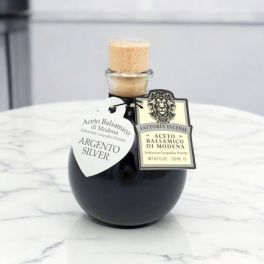
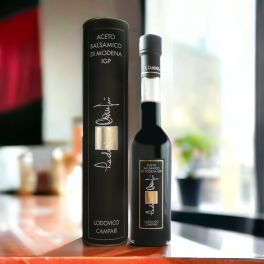
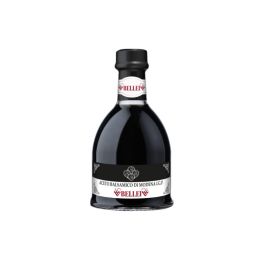
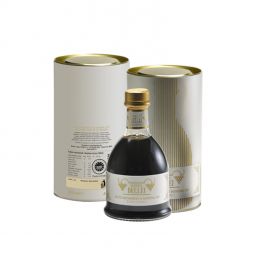
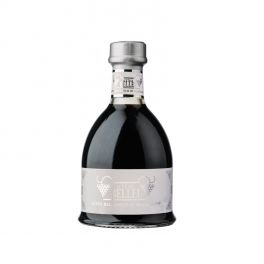
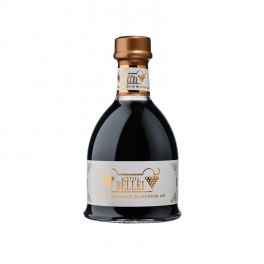
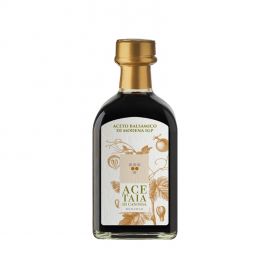
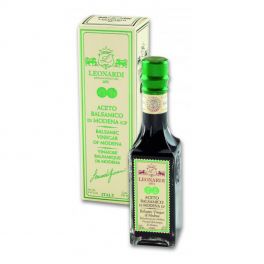
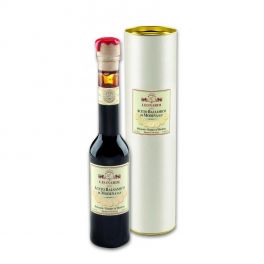
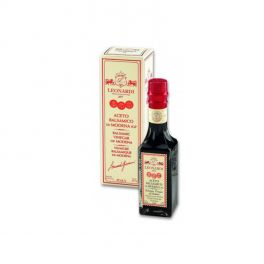

Share on: